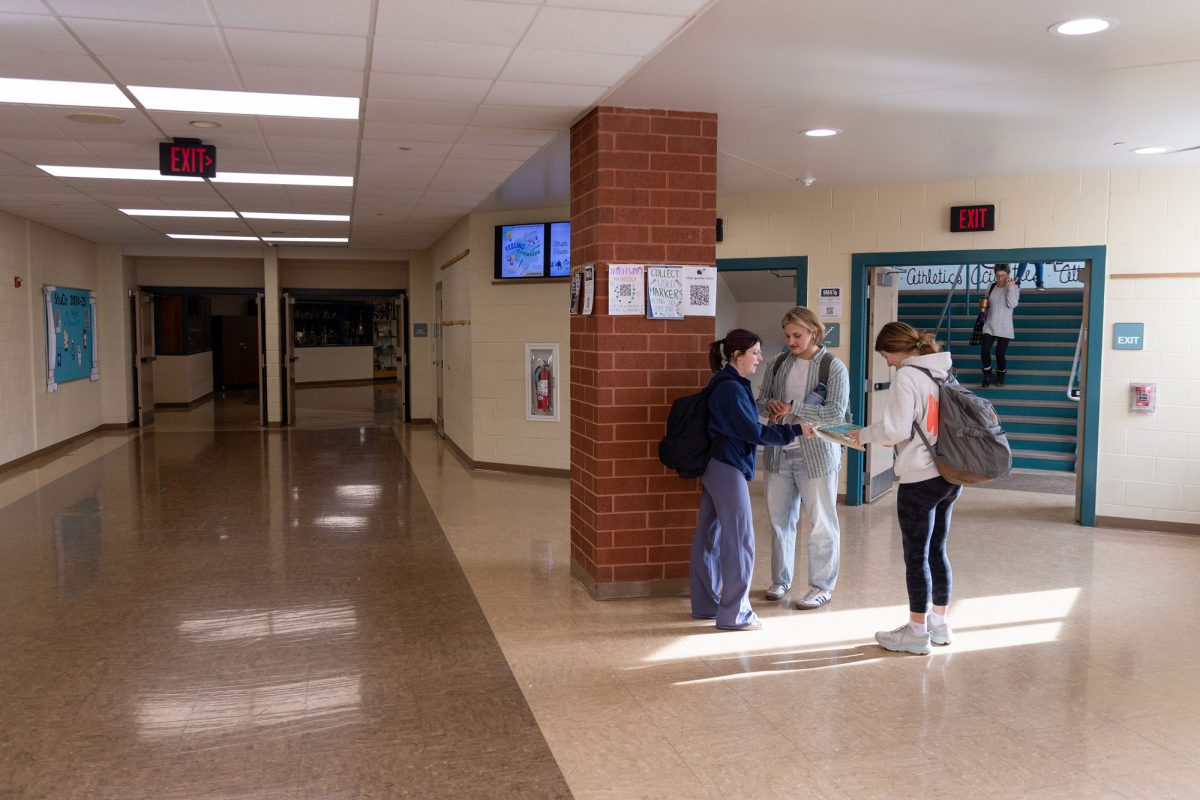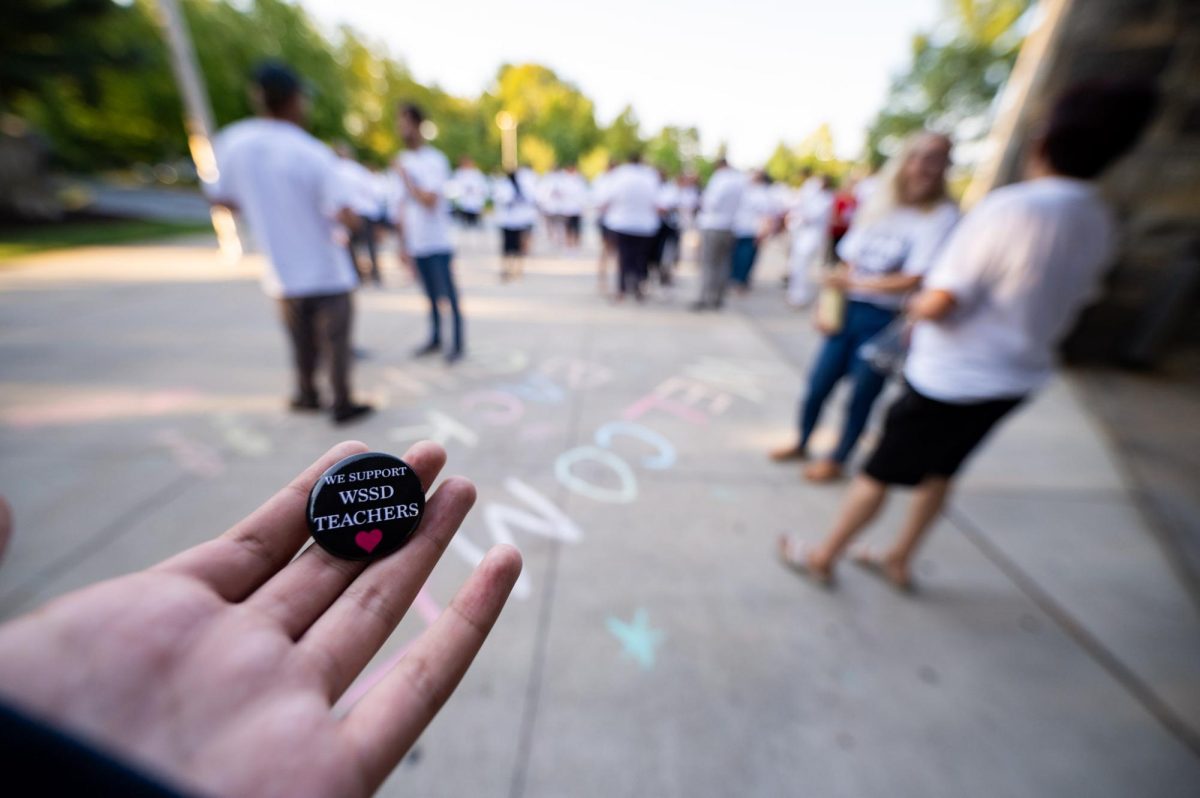Homework is a valuable tool, but that doesn’t mean it should continue to cause as much stress as it does now.
How many students, or teachers for that matter, know that there is an actual school board policy for homework, visible on the school website?
Policies are currently being updated at school board meetings. However, the homework policy hasn’t been touched since January 22, 2001, the date of its adoption.
It’s older than all of the students in the high school— by several years.
For some students who don’t get home until 10:30 PM, who laugh in the face of sleep deprivation, and who battle the mountains of papers and due dates every night, homework is the bane of their existence.
The policy states that one of the purposes of homework is to “encourage parent and child interaction.” But far too often, the opposite is true.
Homework can take away from time with family. It’s difficult to do all of your after-school activities, finish all your work, and play a board game with your siblings all in one night.
A load of homework can also depend on what classes you have that semester. If you have an uneven load of homework-dense classes, one semester can have you bleary-eyed every morning and the next can leave you wishing you had anything to do at all.
Despite the many complications and pressures associated with homework, we agree that it should be maintained. It gives students a chance to review learning outside of class, and teachers a chance to boost grades and determine what students struggle most on.
A lot of teachers understand the pros and cons of homework, and all of them have different ways of presenting homework to students. Some teachers post all of the week’s homework on Sunday afternoons, and some even make the homework optional. Others continue the usual model of homework, which might be one assignment per day paired with a weekly assignment or a large project.
According to psychologist Maurice Elias in an Edutopia article published in 2015: “[Reasonable homework strategy] should also reflect a considered school policy and not simply be up to each individual teacher to carry out according to his or her own theory of student learning.”
These clashing opinions create a chaotic mess of homework at the end of the day for everyone involved.
Teachers don’t need to individualize homework for each learner, but if students have three tests and a project due on the same day, there is a clear lack of communication somewhere.
There is not enough time to do homework because we, as a school, need to do a better job of listening to each other.
If the school district wants kids to participate as much as they say they do, they have to take strides toward student-teacher-administration collaboration.
We have such a rich offering of clubs, sports, and extracurriculars, but to maintain our memberships with those clubs (which are one of the only ways we can indulge our interests in a school environment), we need to reconsider the homework policy.
A Stanford researcher conducted a 2014 study on homework, concluding that more than 2 hours of homework can have more harm than good on students’ well-being.
An article that summarized the findings of her study states many students struggle to find a balance between homework, extracurricular activities, and social time. According to the research, many students feel obligated to choose homework over developing other talents or skills.
This isn’t to say that students shouldn’t have any responsibility when it comes to time management. We should know our limits—when we’re feeling healthy stress and when we’re far in over our heads.
But having a life outside of schoolwork shouldn’t be something that a high school student feels punished for.
Community discussions on the topic of homework should lead to constructive (and policy) change.
The unsigned editorial represents the opinion of the Editorial Board, which consists of the student editorial staff listed on this page.














